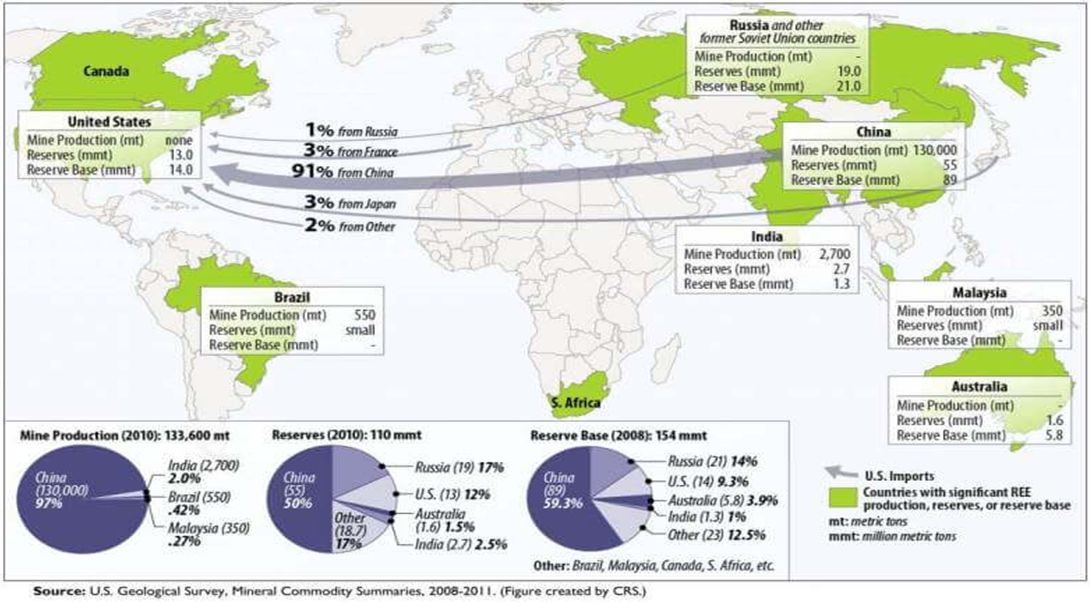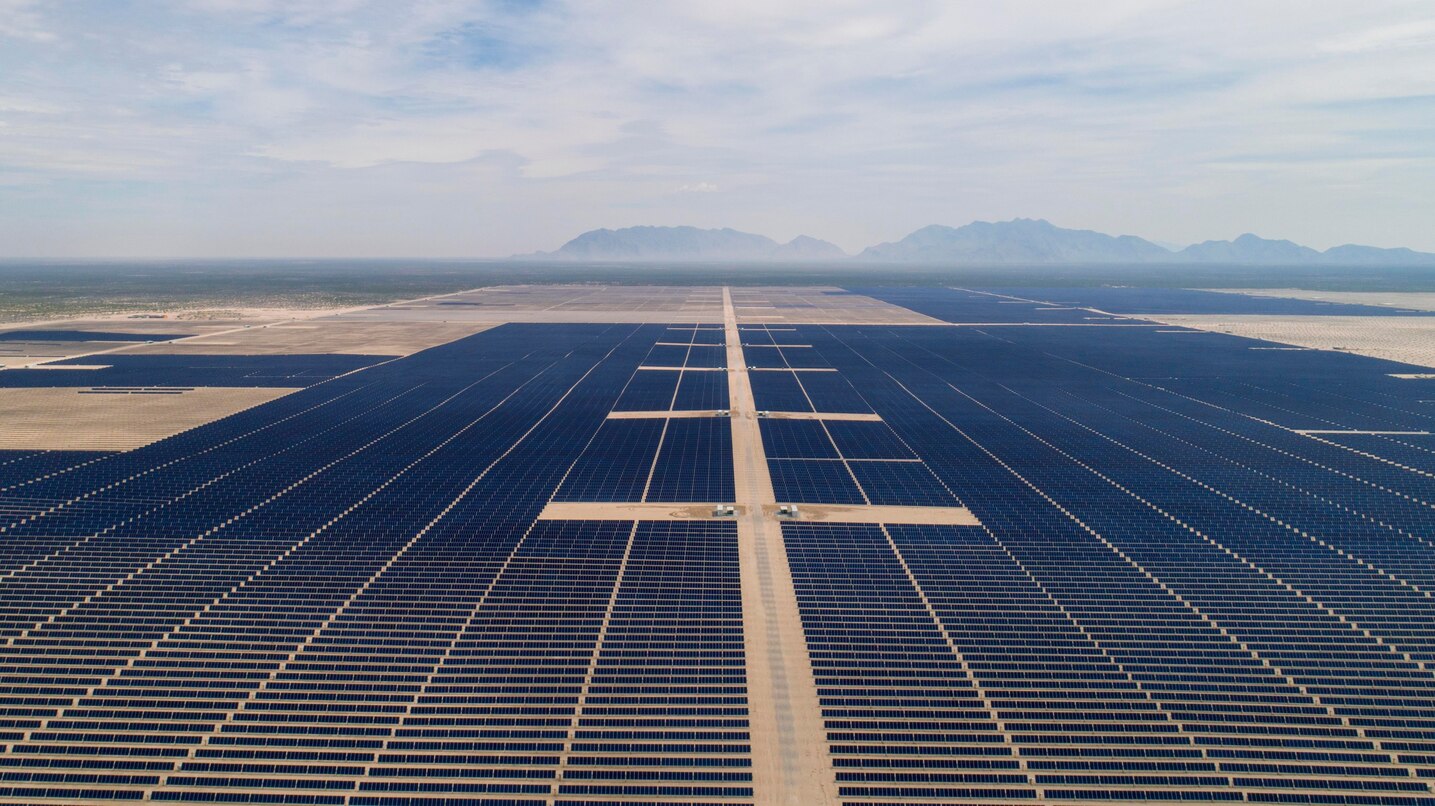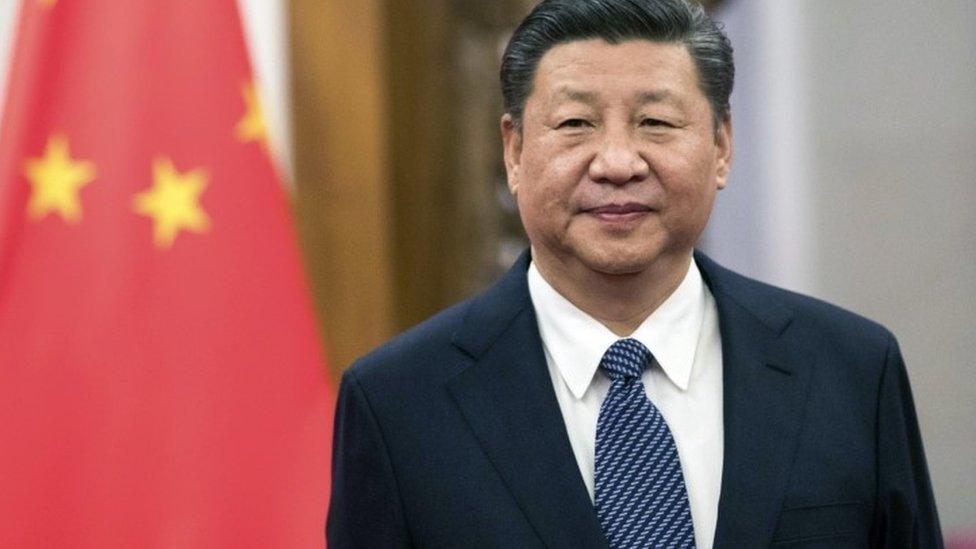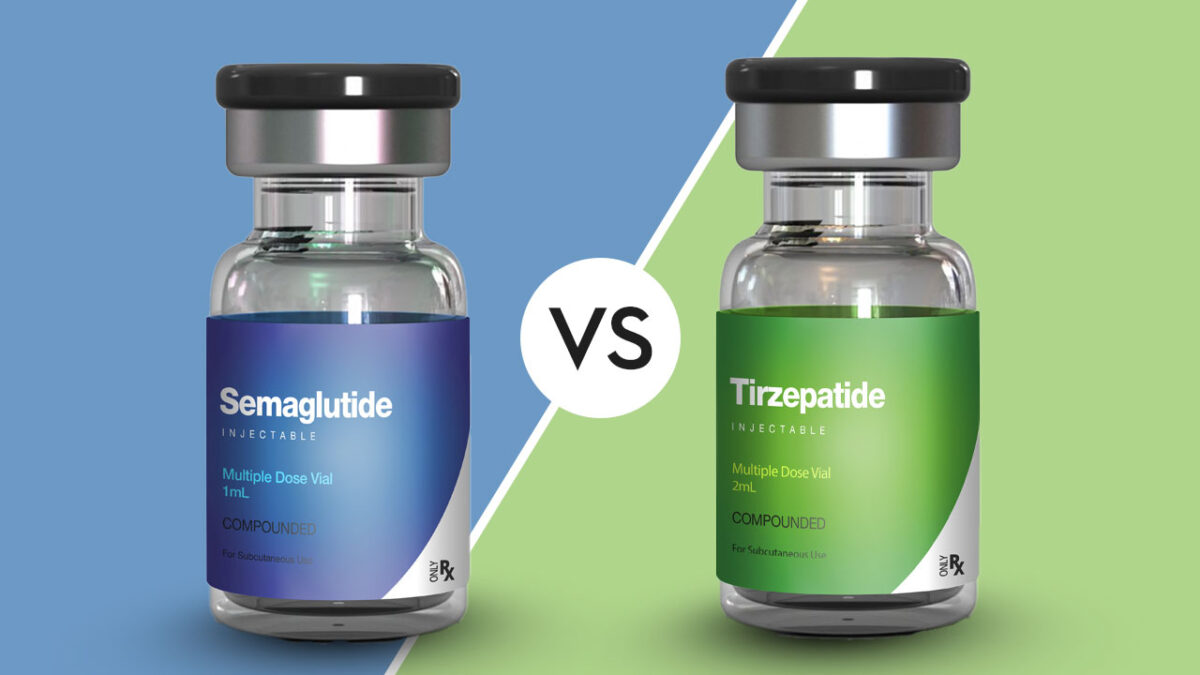- Courses
- GS Full Course 1 Year
- GS Full Course 2 Year
- GS Full Course 3 Year
- GS Full Course Till Selection
- Answer Alpha: Mains 2025 Mentorship
- MEP (Mains Enrichment Programme) Data, Facts
- Essay Target – 150+ Marks
- Online Program
- GS Recorded Course
- Polity
- Geography
- Economy
- Ancient, Medieval and Art & Culture AMAC
- Modern India, Post Independence & World History
- Environment
- Governance
- Science & Technology
- International Relations and Internal Security
- Disaster Management
- Ethics
- NCERT Current Affairs
- Indian Society and Social Issue
- NCERT- Science and Technology
- NCERT - Geography
- NCERT - Ancient History
- NCERT- World History
- NCERT Modern History
- CSAT
- 5 LAYERED ARJUNA Mentorship
- Public Administration Optional
- ABOUT US
- OUR TOPPERS
- TEST SERIES
- FREE STUDY MATERIAL
- VIDEOS
- CONTACT US
Critical Minerals Summit
Critical Minerals Summit
02-05-2024
The Ministry of Mines, in collaboration with the Shakti Sustainable Energy Foundation (Shakti), the Council on Energy, Environment and Water (CEEW), and the Indian Institute of Sustainable Development (IISD), hosting a two-day "Critical Minerals Summit from April 29th to April 30th, 2024: Enhancing Beneficiation and Processing Capabilities" at the India Habitat Centre in Lodhi Estate, New Delhi.
Key Points:
- Organizers: Ministry of Mines, Shakti Sustainable Energy Foundation, Council on Energy, Environment and Water, and Indian Institute of Sustainable Development.
- Goal: To promote collaboration, share knowledge, and drive innovation in the field of critical mineral processing.
- Participants: A diverse group of Indian and international stakeholders, including industry leaders, startups, government officials, scientists, academics, and policy experts.
- Focus: Addressing the increasing demand for Critical Raw Materials (CRMs) required for renewable energy systems and electric vehicles as part of India's strategic development goals.
- Key Minerals: Glauconite (Potash), Lithium – Rare Earth Elements (Laterite), Chromium, Platinum Group, Graphite, Tungsten associated with Graphite, Rare Earths (RE), and Vanadium associated with Graphite.
- Interactive Elements: Active dialogues, interactive workshops and discussions on important issues such as progress of mineral auctions, policy incentives for CRM ecosystem development and advancement of commercially viable and environmentally sustainable solutions.
Key Facts about Critical Minerals:
- Definition: Metallic or non-metallic elements essential for modern technologies, economies, or national security, with a risk of supply chain disruption.
- Dynamic Nature: The 'criticality' of minerals changes over time due to shifts in supply and society's needs.
- These minerals are called "critical" because their supply chains are vulnerable to disruption. These disruptions may occur due to:
- Geological scarcity: Some are naturally less abundant in the Earth's crust.
- Geopolitical factors: Production may be concentrated in a few countries, creating potential supply risks.
- Trade Policies: Import/export restrictions may affect availability.
- Applications:
- Manufacturing advanced technologies such as mobile phones, computers, fiber-optic cables, semiconductors, banknotes, and defense, aerospace, and medical devices.
- Many are used in low-emission technologies like electric vehicles, wind turbines, solar panels, and rechargeable batteries.
- Examples: Antimony, beryllium, bismuth, cobalt, copper, gallium, germanium, lithium, vanadium, etc.
- Top Producers: Chile, Indonesia, Congo, China, Australia, and South Africa.
- Critical Minerals in India:
- Government has identified a list of 30 critical minerals for India, including Antimony, Beryllium, Bismuth, Cobalt, Copper, Gallium, Germanium, Graphite, Hafnium, Indium, Lithium, Molybdenum, Niobium, Nickel, PGE, Phosphorous, Potash, REE, Rhenium, Silicon, Strontium, Tantalum, Tellurium, Tin, Titanium, Tungsten, Vanadium, Zirconium, Selenium, and Cadmium.
What are Rare Earth Elements (REE)?

REE are a set of 17 elements in the periodic table.
- Despite being called "rare," they are relatively abundant in the Earth's crust but difficult to mine due to low concentrations.
- They are also referred to as "rare earth oxides" because many are typically sold as oxide compounds.
Must Check: Best IAS Coaching In Delhi



